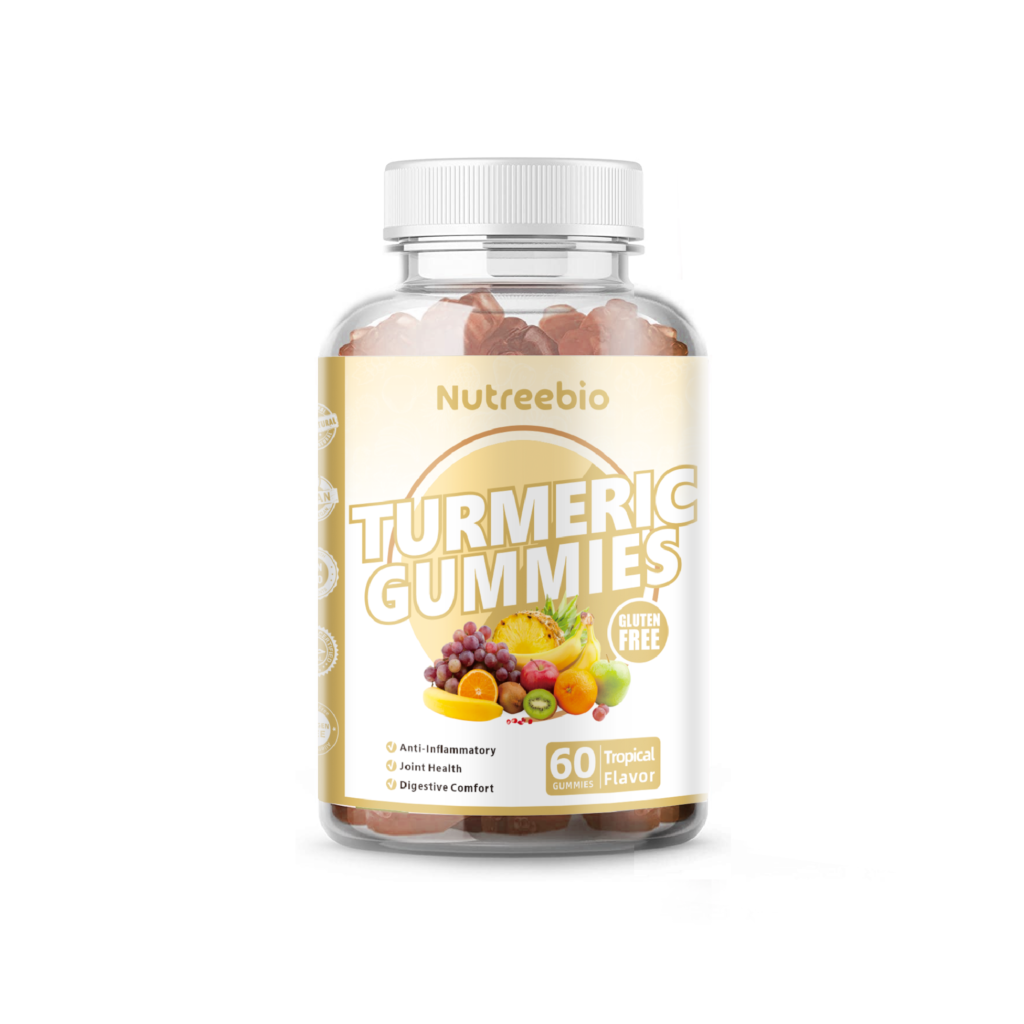Color is the primary attribute that affects food acceptance. When food color is brighter and more uniform, it is more attractive to consumers. In recent years, as consumers pay more attention to food safety and quality, they have put forward higher requirements for the source and composition of color additives in food. As an important food additive, natural pigments are becoming a hot topic in the food industry due to their safety and biological activity [1]. Natural pigments refer to pigments extracted directly from plants, animals or microorganisms, such as carotene, anthocyanin, carmine and monascus pigment. Compared with synthetic pigments, natural pigments do not contain artificial additives and chemical synthetic substances, which is more in line with consumers' pursuit of health and sustainability. In addition, natural pigments sometimes provide not only color, but also additional nutritional value. For example, some natural pigments may be rich in antioxidants or other beneficial nutrients, thereby adding health value to food [2]. Therefore, more and more food manufacturers are turning their attention to natural pigments.
According to the "2022-2027 China Natural Food Pigments Industry Market Competition Analysis and Development Prospect Forecast Report" by the China Research Institute of Industry, the global market size of synthetic food pigments in 2022 is about US$590 million, while the natural food pigments market has reached US$1.54 billion as early as 2021, and is expected to grow at a compound annual growth rate of 7.4%. At the same time, in my country, the Central Document No. 1 of the State in 2022 puts forward instructions to comprehensively accelerate agricultural modernization. In the document, the state clearly supports the development of natural pigments and puts forward the concept of green and safe food pigments. In such an environment, green natural pigments are destined to play an indispensable role. At present, there are only about 50 kinds of pigments allowed to be added to food in my country. It can be seen that there is huge room for development of green natural pigments. In the face of such a huge market demand, the development of green natural pigments will surely have strong potential and prospects. This article will explore the main natural pigments on the market, their application potential in the food field and the direction of future development.
1. Carotenoids
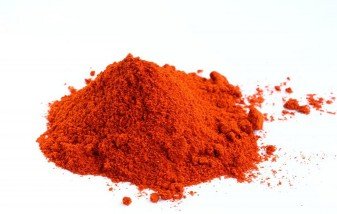

Among natural pigments, carotenoids are the most widely obtained and studied lipophilic pigments, which can provide plants with yellow, orange and red. They are mainly found in plants, algae, fruits, vegetables and photosynthetic bacteria. So far, more than 70 carotenoids have been identified, and some have been used in foods such as sauces, marinades, spice mixtures, coatings, beverages and milk [3]. The most important carotenoids include β-carotene, lycopene, lutein and zeaxanthin, also known as terpenes. Take β-carotene and lycopene as examples:
β-carotene is a common natural pigment, mainly found in plants such as carrots, pumpkins, sweet potatoes, etc., showing a bright orange-yellow color. It not only brings attractive colors to food, but also has rich nutritional value and health benefits [4]. β-carotene is a non-toxic, safe and nutritious food additive recognized by the Joint Committee on Food Additives of the Food and Agriculture Organization of the United Nations and the World Health Organization. Currently, 52 countries and regions in the world have approved its use. As an antioxidant, after β-carotene enters the body, it is acted on by enzymes in the liver and small intestinal mucosa, and 50% of it is converted into vitamin A, which has the effect of nourishing the liver and improving eyesight, and can treat night blindness [5]. Moreover, its conversion is adjustable and will not cause vitamin A accumulation poisoning due to excessive intake. In addition, as an edible oil-soluble pigment, β-carotene can cover all colors from red to yellow due to differences in concentration, so it is very popular in the food industry.
2. Lycopene
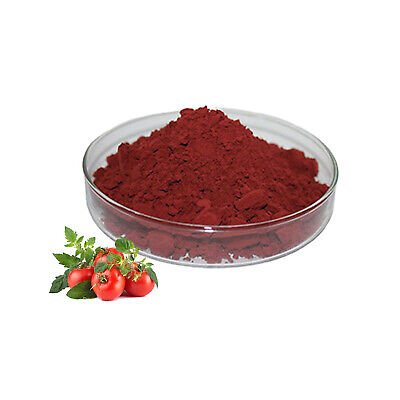

Lycopene is mainly found in vegetables and fruits such as tomatoes and carrots. As early as 2006, the Joint Expert Committee on Food Additives (JECFA) of the Food and Agriculture Organization of the United Nations/World Health Organization believed that lycopene could be used as a pigment and nutrient supplement. The European Union, Australia/New Zealand, the United States, South Korea and other countries have approved the use of lycopene in food. Among them, some countries or organizations believe that lycopene is extracted from tomatoes and is not a traditional food, while Australia/New Zealand clearly stated that lycopene can be used as a dietary supplement. The Korean Ministry of Food and Drug Safety believes that tomato extracts can be used in health foods [6]. In my country, according to the "GB 2760-2011 National Standard for the Use of Food Additives", lycopene can be added to ordinary foods as a colorant.
According to the "GB 2760-2014 Food Additives Usage Standard", the difference in the maximum usage of lycopene and lycopene is mainly concentrated in four types of food, namely flavored fermented milk, beverages, candies and semi-solid compound seasonings. In addition, lycopene is also used in health foods with antioxidant and immune-enhancing functions. According to the "Dietary Reference Intake (DRIs) for Chinese Residents", the recommended daily intake of lycopene for adults in my country is 18 mg, and the recommended maximum tolerable intake is 70 mg. Therefore, the human body should ensure a certain amount of lycopene intake every day[7]. Under normal circumstances, the content of lycopene in fresh tomatoes is about 30 mg/kg.
3. Anthocyanin
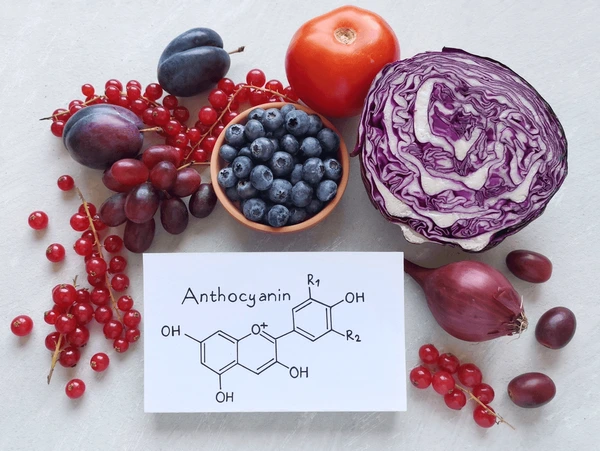

Anthocyanin is a flavonoid, mainly found in plants such as blueberries, blackberries, purple cabbage, eggplants, and grapes. In an acidic environment (pH <2), it is dark red to orange; when the pH is 2-4, it is mainly blue. Anthocyanins are found in the roots, leaves or petals of brightly colored plants. Generally speaking, anthocyanins are abundant in fruits, especially berries such as blueberries, cherries, raspberries, strawberries, and blackcurrants. There are six important anthocyanins in food: geranium pigment, cyanidin, delphinium pigment, peony pigment, morning glory pigment, and malva pigment [1]. Anthocyanins in their natural state exist in the form of glycosides, called anthocyanins.
Anthocyanins have strong antioxidant activity. Continuous intake of 40-320 mg of anthocyanins per day can significantly reduce inflammatory markers in the blood and increase the activity of superoxide dismutase (an enzyme that scavenges free radicals) [8]. Anthocyanins can also improve dyslipidemia, enhance antioxidant capacity, and prevent insulin resistance, thereby having a beneficial metabolic effect on diabetic patients. In addition, anthocyanins also have good anti-inflammatory, anti-cancer, and antibacterial activities. Due to these natural sources and health advantages, anthocyanins have become an important ingredient in health foods and functional beverages [9]. In recent years, as the instability of anthocyanins, their interaction with other compounds, and degradation have been resolved, the trend of adding anthocyanins as food colorants and dietary supplements has increased from the perspective of usage trends.
4. Turmeric
Curcumin is a natural polyphenolic pigment that belongs to the diphenylheptane class of substances with a diketone structure and is an orange-yellow crystalline powder. The main sources are underground rhizomes of ginger plants such as turmeric, turmeric, and zedoary. The pigment is a relatively stable pure yellow in an environment of pH 2.0-7.0, its solution is brown or reddish brown in an alkaline environment, and its solution is rose red in the pH range of 7.0-8.0. Its coloring power is stronger than all synthetic and natural pigments, and is 3 to 4 times that of lemon yellow and sunset yellow. The pigment has been approved for use in food by the US FDA, the Food and Agriculture Organization of the United Nations, the World Health Organization, and the Ministry of Health of China.
As a natural food coloring agent, the health value of curcumin cannot be ignored. It is reported that curcumin can help relieve joint pain and stiffness, stabilize blood sugar, resist cellular oxidation, improve blood circulation, and delay memory deterioration. It is reported that daily intake of 120-1500 mg of curcumin can improve the severity of inflammation and pain levels in arthritis patients without obvious side effects [10]. Due to its natural health advantages, curcumin was initially used as a natural pigment in the food, beverage, and bakery products industries. In recent years, it has been gradually applied to health foods, functional foods, and pharmaceuticals industries. It has gradually penetrated into all aspects of human life and gradually become a "guardian" of human health.
Turmeric gummies launched by Nutreebio claim that the product can relieve liver toxin accumulation, joint pain and stiffness, skin redness and acne, and has the advantages of high bioavailability. The product has received a lot of praise from consumers.
5. Phycobilin
Phycobilin is a type of photosynthetic pigment that only exists in algae. It can be divided into phycoerythrobilin, phycourobilin, phycocyanobilin, and phycopurpurin. The complex formed by phycobilin and specific soluble proteins through disulfide bonds is called phycobiliprotein. Usually, each phycobiliprotein contains more than 8 phycobilins. Depending on the type of phycobilin bound, these proteins can be called phycocyanin (binding phycocyanobilin), phycoerythrin (binding phycoerythrobilin) and phycoerythrocyanin (binding phycopurpurin). Their main difference lies in the number and position of conjugated double bonds [11].
Characteristics of four types of phycobilins
A. Phycoerythrobilin
Red, present in cyanobacteria, as well as the chloroplasts of red algae, gray algae and starch flagellate. Phycoerythrobilin is bound to phycoerythrin, and in some red algae and oceanic cyanobacteria, phycoerythrobilin is also bound to phycocyanin. This type of phycocyanin is called R-type phycocyanin
B. Phycocyanobilin
Blue, present in cyanobacteria, as well as the chloroplasts of red algae, gray algae and starch flagellate. It only exists in phycocyanin and allophycocyanin
C. Phycopurpurobilin
Purple, present in some filamentous nitrogen-fixing cyanobacteria, bound to phycoerythrocyanin, and plays the role of photosensitive pigment
D. Phycobilurea
Orange-yellow, present in cyanobacteria and red algae, often bound to phycoerythrin, effectively promoting the absorption of blue-green light. Taking Synechococcus as an example, the offshore species have more abundant phycourobilin than the offshore species
As a unique natural pigment in algae, phycobilin provides a new choice for food, medicine and cosmetics. In 2013/2014, the US FDA approved the use of phycocyanin in some foods, including beverages, cheese, ice cream, candy, chewing gum, yogurt, pudding and other common foods. my country's national standard for phycocyanin products "Food Additive Phycocyanin" will also be implemented in March 2021 (GB 1886.309-2020). Therefore, blue foods have become more and more common in recent years.
Phycobiliprotein is not only non-toxic, but also has significant health benefits due to its unique physiological activity. Experiments have shown that phycocyanin has antioxidant, anti-inflammatory, anti-cancer, anti-atherosclerosis/lipid-lowering, antibacterial/antiviral, immunomodulatory, neuroprotective, organ repair, reduction of drug toxicity and side effects, inhibition of stones and lipid peroxidation, wound healing, etc. As a food additive, phycobiliprotein can improve the taste of food, and its antioxidant effect can delay the oxidation reaction during food storage and extend the shelf life [12]. Therefore, although there are currently limited products related to phycobiliprotein as health food or medicine, and most research is still in the stage of efficacy experiments or clinical research, the market space in this field has great potential.
6. Cochineal red
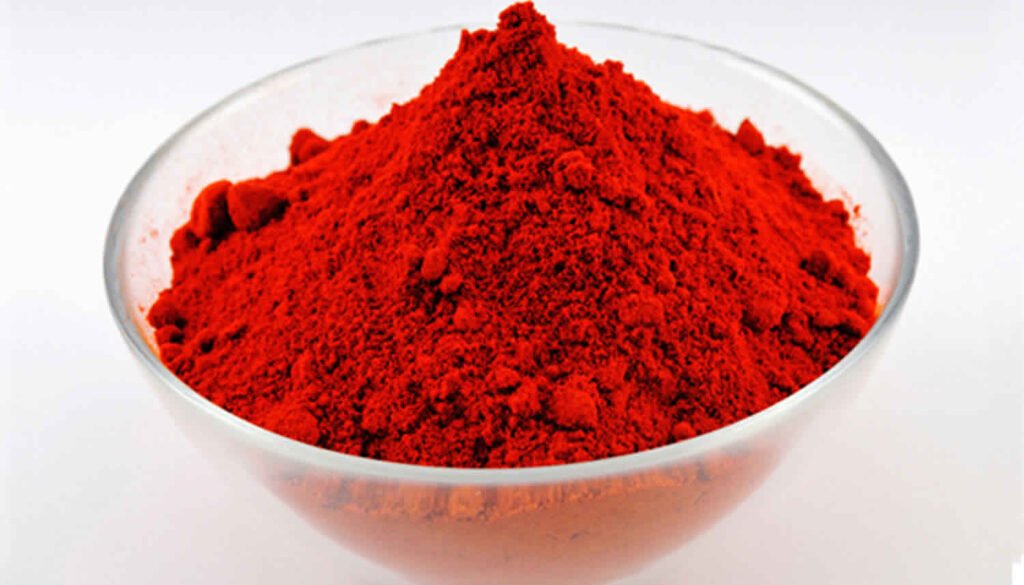

Cochineal red (Cochineal extract) is a natural food pigment derived from cochineal, obtained by extracting carminic acid from its body. This pigment has attracted much attention in the food industry due to its bright red color and wide application potential [13]. Cochineal red caters to consumers' demand for healthy and natural food and has become an ideal substitute for artificial synthetic pigments. Cochineal red is considered a safe food additive and has been approved for use by food safety agencies in many countries and regions. According to the "GB 2760-2014 Food Additives Use Standard", cochineal red can be added to a variety of products such as candy, beverages, dairy products, baked goods and ready-to-eat foods to improve the visual appeal of the products. This provides regulatory protection for its application in the food field. In addition, cochineal red has high stability and can maintain its color under different pH values and processing conditions, which makes its application range more extensive [14].
7. Monascus pigment
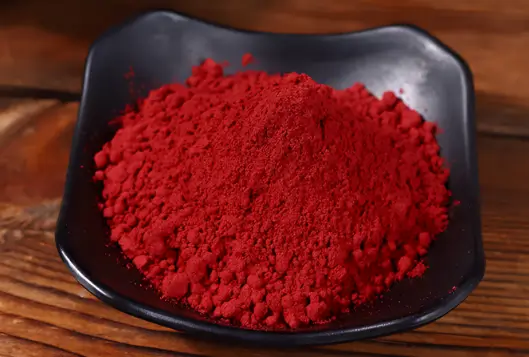

Monascus pigment is a natural pigment, usually produced by fermentation of Monascus purpureus, and is widely used in food processing, especially in traditional foods in China, Japan and South Korea. Monascus pigment gives food a special red or orange color and is often used in the production of foods such as rice, rice wine and tofu[15]. In meat products, Monascus pigment has become the preferred alternative to nitrite due to its good coloring properties and antibacterial effect. Monascus pigment directly dyes meat products, giving them a unique red color and flavor, inhibiting the growth of harmful microorganisms and extending the shelf life. The use of Monascus pigment in pickled products can reduce the amount of nitrite by 60% without affecting the sensory properties and storage properties, and the color stability is also better[16]. Monascus pigment also has important applications in condiments. The saccharification and flavoring koji made with Monascus as the starting strain can improve the total nitrogen utilization rate of the raw materials and the yield of soy sauce when used in soy sauce brewing, making the soy sauce red in color, fresh in aroma and delicious in taste. Monascus pigments are also widely used in wines, such as Danxi red yeast rice wine and Lugonghong wine. These wines retain the nutrients in the fermentation process and have unique flavors and rich nutrition [17].
In addition to its coloring function, monascus pigments are also believed to have certain health benefits, such as possibly helping to lower cholesterol and blood lipids, and are therefore also used in some traditional medicines. However, the safety of its long-term intake still needs further study. In some countries, monascus pigments are used as food additives, but their dosage is strictly regulated to ensure safety.
Summary
Natural pigments have great development potential in the food field and are an important trend that cannot be ignored in the food industry. As consumers pay more attention to health and sustainability, natural pigments are becoming a popular choice in the food industry as a safe and healthy food additive. Their rich colors and nutritional value not only add bright colors to food, but also provide consumers with healthier and more natural food choices.
In the future, with the continuous advancement of science and technology and the improvement of consumers' health awareness, the application of natural pigments in the food field will be further expanded and deepened. We can expect that natural pigments will become the mainstream choice of the food industry, bringing more safe, delicious and healthy food to people, and promoting the food industry to develop in a more sustainable and healthy direction. Let us pay attention to and support the development of natural pigments in the food field and create a better food future together!
References:
[1] WIJESEKARA T, XU B. A critical review on the stability of natural food pigments and stabilization techniques [J]. Food Res Int, 2024, 179: 114011.
[2] DI SALVO E, LO VECCHIO G, DE PASQUALE R, et al. Natural Pigments Production and Their Application in Food, Health and Other Industries [J]. Nutrients, 2023, 15(8).
[3] RODRIGUEZ-MENA A, OCHOA-MARTINEZ L A, GONZALEZ-HERRERA S M, et al. Natural pigments of plant origin: Classification, extraction and application in foods [J]. Food Chem, 2023, 398: 133908.
[4] LI Chao, JIA Bingyu, GAO Min, et al. Biological effects and mechanisms of β-carotene [J]. Journal of Animal Nutrition, 2018, 30: 7.
[5] SCHWEIGGERT R M, VARGAS E, CONRAD J, et al. Carotenoids, carotenoid esters, and anthocyanins of yellow-, orange-, and red-peeled cashew apples (Anacardium occidentale L.) [J]. Food Chemistry, 2016, 200: 274-282.
[6] WANG Chen, ZHAO Shu-na, LIU Meng-tao, et al. Application and development suggestions of lycopene in food industry [J]. China Fruit and Vegetable, 2023, 43: 7.
[7] WANG S, ZHAN Z. Separation of Lycopene via Liquid–Liquid Extraction: An At-Home Experiment in the Kitchen Laboratory [J]. Journal of Chemical Education, 2024, 101(4): 1680-1685.
[8] Zhang H, Xu Z, Zhao H, Wang X, Pang J, Li Q, Yang Y, Ling W. Anthocyanin supplementation improves anti-oxidative and anti-inflammatory capacity in a dose-response manner in subjects with dyslipidemia. Redox Biol. 2020 May;32: 101474.
[9] Tian Chengpiao, Huang Qiulan, Wei Luyang, et al. Study on ultrasound-assisted extraction and antioxidant activity of butterfly pea anthocyanins [J]. Chinese Food Additives, 11: 18.
[10] Xu Zihan. Study on the mechanism of curcumin's intervention effect on rheumatoid arthritis from the PI3K/AKT pathway based on network pharmacology [D]. Nanjing University of Chinese Medicine, 2023
[11] Ma Chengbo, Qin Song, Li Wenjun, et al. Research progress in phycobiliprotein biosynthesis [J]. Science Bulletin, 2019, 64(01): 49-59.
[12] Shao Lilin, Jie Youyin, Zhang Leifang. Therapeutic effect of phycocyanin on mouse skin lesions [J]. Hubei Agricultural Sciences, 2024, 63(06): 141-150.
[13] Dong Chaoxian, Zhang Chenxi, Zou Youcheng, et al. Determination of cochineal red content in various foods by HPLC [J]. China Food Additives, 2019, 10: 5.
[14] Tang Shenyang, Chen Mengyao, Xiao Huamei, et al. Research progress on the application of cochineal and cochineal red pigment [J]. Chinese Journal of Applied Entomology, 2019, 56 (5): 13.
[15] Zheng Hong, Yao Dehua. Optimization of fermentation conditions and stability of Monascus pigment produced by solid-state fermentation of Monascus purpurogenum [J]. Chinese Condiment, 2016, 41: 6.
[16] CHEN S, SU D X, GAO M X, et al. A facile macroporous resin-based method for separation of yellow and orange Monascus pigments [J]. Food Sci Biotechnol, 2021, 30(4): 545-553.
[17] Ni Bin, Zhang Hui, Qiu Huazhen. Stability analysis of Monascus pigment and color value under different conditions [J]. Brewing Technology, 2021, 4: 5.

